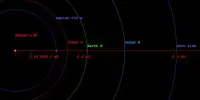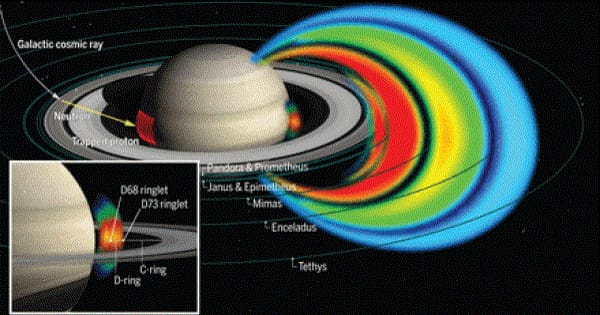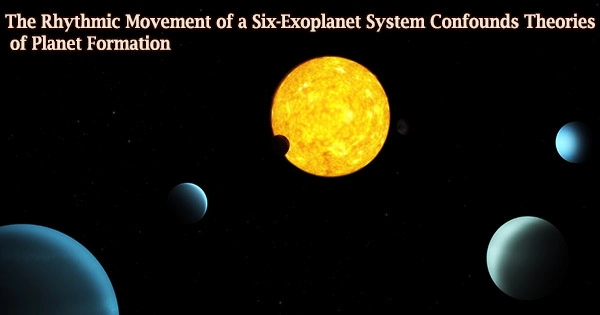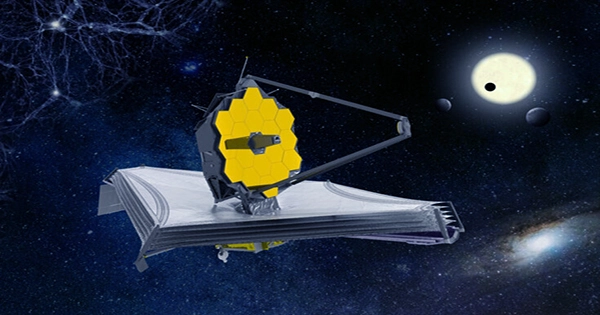HD 126614 is a trinary star system located in the Virgo equatorial constellation. It is classified as a Subgiant Star. It is not part of the Virgo constellation outline, but it is within its boundaries. Component A, the primary member, is home to an exoplanetary companion. The star cannot be seen with the naked eye and must be viewed through a telescope. It is estimated to be 7.200 billion years old. ExoPlanet provided this information.
It is too faint to be seen with the naked eye, with an apparent visual magnitude of 8.81. The star’s spectral type (G8 IV) indicates that HD 126614 is yellow. Based on parallax measurements, the system is 239 light-years from the Sun, but it is moving closer with a radial velocity of 33 km/s. It is a star system with two or more stars. It is thought to have at least one Extrasolar Planet in orbit around the star.
The primary is a G8IV stellar classification late G-type star. It is a super metal-rich star, one of the most metal-rich stars known to date. This is most likely an evolving subgiant star rather than a main-sequence star, based on its temperature and mass. Component B, a close stellar companion, was resolved in 2010. This object is a faint red dwarf with an angular separation of 0.5′′ and a projected physical separation of ~ 36 AU.
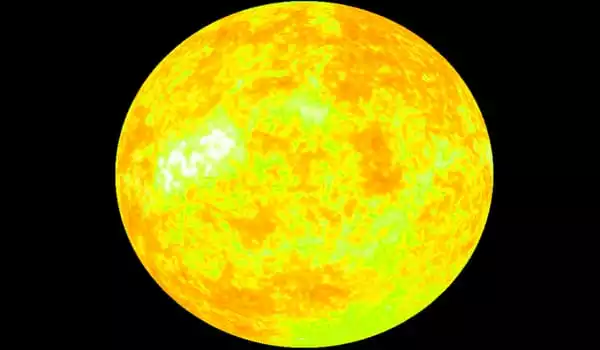
The radius of HD 126614 has been calculated to be 1.33 times that of the Sun. Because the radius of the Sun is 695,800km, the radius of the star is estimated to be 923,008.44km. It has a solar mass that is 1.15 times that of our Sun. The star is estimated to be 7.20 billion years old. It has an apparent magnitude of 8.81, which is a measure of the star’s brightness as seen from Earth. Visual Magnitude is another name for Apparent Magnitude.
Component C, the outer companion, was first reported in 1960 with the W. J. Luyten proper motion catalog. As of 2015, it is a magnitude 17.0 red dwarf with the class M5.5, located at an angular separation of 41.90′′ from the primary along a position angle of 299°. The physical projected separation between them is 3,040 AU. The system’s common proper motion has been confirmed, indicating that they are gravitationally bound.
The Keck Observatory’s Doppler search for giant planets, which began in 1997, provided an 11-year baseline for detecting periodicity in the primary’s radial velocity data. A Jovian companion with an orbital period of 3.41 years was announced in 2010.

